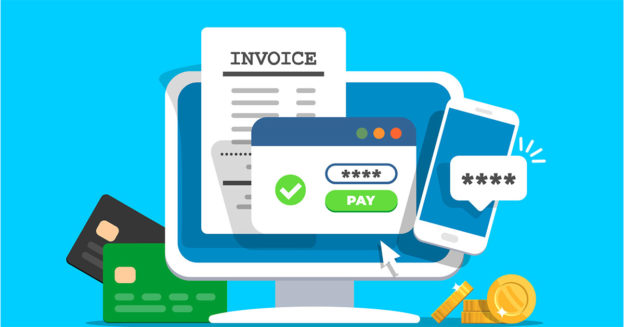
Founder’s Edition by Joseph Neu
Investor demand for receivables-backed securities presents opportunities for banks that harness data, technology.
Last week, I noted how supply chain finance (reverse factoring et al) was raising concerns with accountants, rating agencies and regulators because it allows unscrupulous firms to potentially extend payables to fund their working capital without considering it to be debt.
This week I focus on the positive sides of trade finance and, especially, supply chain finance: Thinking about receivables plus data opens exponential possibilities to secure financing, usually at lower rates than many imagine. Here’s the story as it applies to reverse factoring:
- Investors want trade receivables. Attending a bank session last month, I learned that every asset manager and insurance company (and probably a sizable segment of other smart investors) wants receivables-backed investment opportunities from credible supply chain programs. They are coming to banks asking to put $10 billion or more to work and the banks are asking themselves how to satisfy this investor demand. The banker leading the trade finance session said there is an estimated $1.5 trillion gap between supply and demand for trade finance paper. The gap will soon climb another trillion as SMEs become more integrated into supply chains.
- Why trade receivables? What investors really want are securities backed by diverse pools of trade receivables that have mitigated credit risk due to commercial relationships. Critical suppliers to strong- credit buyers are a good risk, because the buyer is not going to let a good supplier go under by not paying an invoice; the payment ensures the cash flow that supports the security the investor purchases.
- Has the invoice been approved? Clearly, if the invoice has been approved, then the credit risk is further diminished. Thus, a whole ecosystem of machine learning and AI has emerged to help predict which invoices are expected to receive approval. Some solutions are said to be accurate enough to win a government guarantee based on their predictions of whether and when the invoices will be approved.
- Data as a risk mitigant. Of course, the predictive power of technology is very reliant on the data accessible to it. Indeed, the data is quickly becoming as or more valuable than the receivable itself. The more data a supply chain finance vendor/arranger has that indicates when buyers approve and pay which suppliers, not to mention the commercial importance of the transaction, the more confidence investors will have in the certainty and timing of the underlying cash flows.
- New value in data sources. This data, unfortunately for banks, resides mostly in ERP systems and not in the banking system. This explains the opportunity for ERP vendors and fintechs to partner to source this data to reduce trade friction and mitigate credit risk. If every invoice that gains approval were updated in the ERP and that information was made available instantly to a bank or securitization pool, the world would be a different place.
- Trusted intermediary for the data. With concern growing about who has access to what data, especially when it involves historical relationships between trusted counterparties, who plays the role of intermediary for receivables data matter.
- Banks would be one option, but they are limited in how many counterparties they can onboard to their systems (and how quickly) due to KYC regulations. Unregulated fintechs have more scope to onboard, but do they have the trust factor?
- Another option might be platforms like Marco Polo or Voltran (now Contour), that could use their distributed ledger/blockchain to provide secure intermediation of the transactions and the data.
- Who provides balance sheet? Corporates in the Fortune 50 that look at supply chain finance programs also want to have someone else’s balance sheet behind them. “If the whole thing goes upside down, they want to know that there is a backer able to write a half-billion-dollar check,” said one banker. Yet no bank wants to support a platform that is not exclusively theirs and no corporate wants their supply chain dependent on one bank. Bolero and Swift efforts have shown the challenges of pleasing all constituencies.
Meanwhile, the opportunity to package trade receivables and the underlying data to create optimal pools of receivables at scale to meet investor demand remains.


